Thanks to some superb cross-platform development technologies, most small business, and startup app projects do not prefer native app development anymore. Building an app that runs on multiple platforms delivering an equally sophisticated and smooth user experience while reducing the development time and cost is an advantage that no businesses want to miss.
While the popularity of cross-platform development technologies is growing, it has become really difficult to compare the right one for an app project. You have several cross-platform libraries and frameworks when you hire app developers in India. Let’s make a comparison among the top 3 technologies, namely Ionic, Xamarin, and React Native.
What Is React Native?
React Native is a free and open-source cross-platform development library based on JavaScript and JSX. Developed and maintained by Facebook since 2015, React Native allows up to 85% reusability of the code across both iOS and Android platforms while maintaining a consistent native user experience.
React Native pros
● Extensive community support of React Native thanks to a buzzing global developer community is really helpful for any project.
● The hot Reloading feature of React Native allows correcting the codebase of the mobile app any time after instantly evaluating the effect in the live app.
● React Native allows maximum reusability of the code across platforms, ensuring faster build time and lower cost of development.
● React Native allows developers to integrate and take the help of a whole array of third-party plugins.
● By utilizing the native modules and multitude of native components for both iOS and Android, React Native ensures delivering a functionally superb user experience.
Learn More: Top Apps Built with React Native
React Native Cons
● Many developers think that React Native as a library doesn’t offer framework-like clarity and mostly provides a bunch of components and templates.
● Developers using React Native should have a solid command over native development technologies just because they require to use often as much as 25% to 30% native code.
● React Native, in contrast to Flutter, requires a separate bridge to communicate with the OS-specific native layer. This can create some performance issues.
● React Native as a cross-platform library depends heavily on third-party APIs to deliver a variety of app features and functions.
Read More: Native Vs Hybrid Apps
What is Xamarin?
Xamarin coming from the Microsoft family uses C# and .Net technologies for delivering a cross-platform framework to build Android, iOS, and Mac apps. While using Xamarin, developers can use various .Net libraries to use a multitude of native open-source libraries for both iOS and Android.
Pros of Xamarin
● Using a single technology stack and allowing sharing of the codebase helps in fast-paced development.
● By using different native APIs and toolkits, Xamarin apps offer great native user experience and performance.
● Thanks to using one programming language or technology stack, Xamarin can stick to one environment without needing to switch between different development environments.
● Xamarin Forms offers a robust UI design toolkit to create a user interface for all platforms simultaneously.
● Xamarin allows building, prototyping, testing, and deploying an app for multiple platforms by using the same resources and developer team. This ensures optimum relief in-app budget.
● Xamarin allows easier app maintenance as changes for multiple app versions need to be updated only once in the source file.
Cons of Xamarin
● Xamarin apps have a bigger footprint and consume several MBs of space.
● Xamarin is not recommended for app projects requiring rich graphics and animations.
● Xamarin app updates experience delays, and the iOS and Android releases consume several days to be available
for the system.
Read: React Native vs Xamarin: Which is Better?
What is Ionic?
Ionic is a robust cross-platform development framework that uses time-tested web technologies such as HTML5, CSS, and JS to build and run mobile apps across the web, iOS, and Android. The framework to utilize the native UI layers of iOS and Android use the Cordova wrapper.
Pros of Ionic
● Ionic builds apps that are truly platform-independent and can run across all platforms while maintaining a native user experience to a great extent.
● Ionic uses a capacitor and a simple interface to ensure easy access to native SDK and native APIs for each platform.
● By using a single codebase written in familiar Javascript language and libraries reduces code rewriting to a minimum level.
● Ionic helps maintain a consistent performance irrespective of the number of active users.
Cons of Ionic
● In spite of providing a whole array of plugins, Ionic may not provide the required one for all kinds of custom features.
● Ionic doesn’t provide the Hot Reloading feature, and this requires refreshing the whole app to see the effects of any changes made in the app code.
● Ionic apps involve some security threats, particularly with non-updated Ionic apps.
● Ionic framework lacks performance, particularly for apps needing to carry out memory-intensive tasks.
Comparing key attributes: Xamarin vs React Native vs Ionic
Programming Language
React Native uses Javascript, which is the most common language learned and used by developers worldwide. Ionic uses the most popular web languages such as HTML5, CSS, and JavaScript to develop cross-platform or hybrid apps. Ionic also uses Typescript, a subset language of Javascript. Xamarin, on the other hand, uses C# and .Net languages.
React Native is the most popular among these three because of using the most familiar Javascript language.
App Performance
React Native by rendering native API code provides the best performance and native user experience among the three. Ionic, by using web technologies and not accessing native components, offers comparatively worse performance. Xamarin, by utilizing the native UI controls and hardware acceleration, ensures optimum native app performance.
Community Support
React, as the most popular cross-platform development framework, enjoys the biggest community support. Ionic comes as the second most popular framework with great online community support. Xamarin is still growing in popularity and will catch up with others in terms of online community support.
Development cost
React Native app developers, by using the various free libraries, can build world-class mobile apps that can run on both iOS and Android. While Ionic offers a free version, the pro version develops the apps faster with a lot of professional help. Xamarin is also open source and free, but it requires a subscription-based Visual Studio IDE.
User Interface (UI)
React Native JavaScript library offers an extensive range of UI elements allowing streamlined and smooth UI building. Xamarin.Android/iOS ensures delivering a great native user experience while Xamarin. forms can only help to build high-quality hybrid apps. Ionic, just using only web languages and not using native UI elements, cannot offer a superb native UI and user experience.
Conclusion
Here we have explained the most important aspects in the comparison among Xamarin, Ionic, and React Native. It must be remembered that your choice of any of these technologies also depends upon your project type and size.
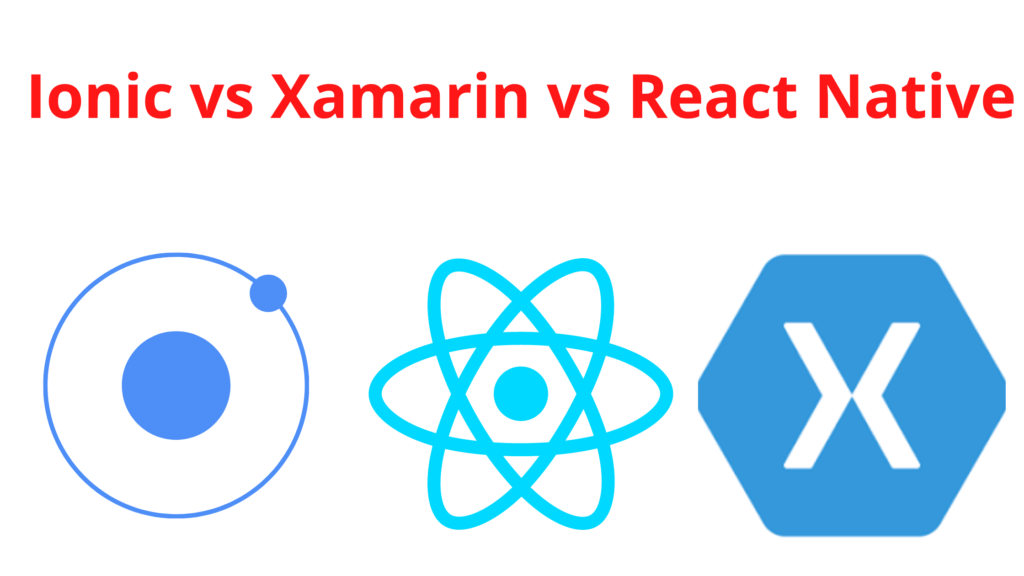
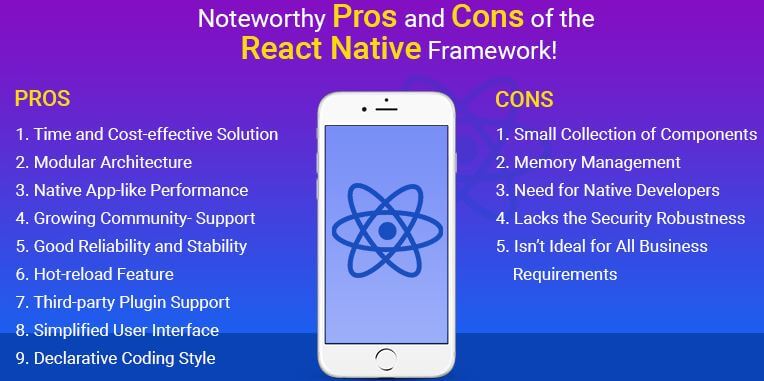
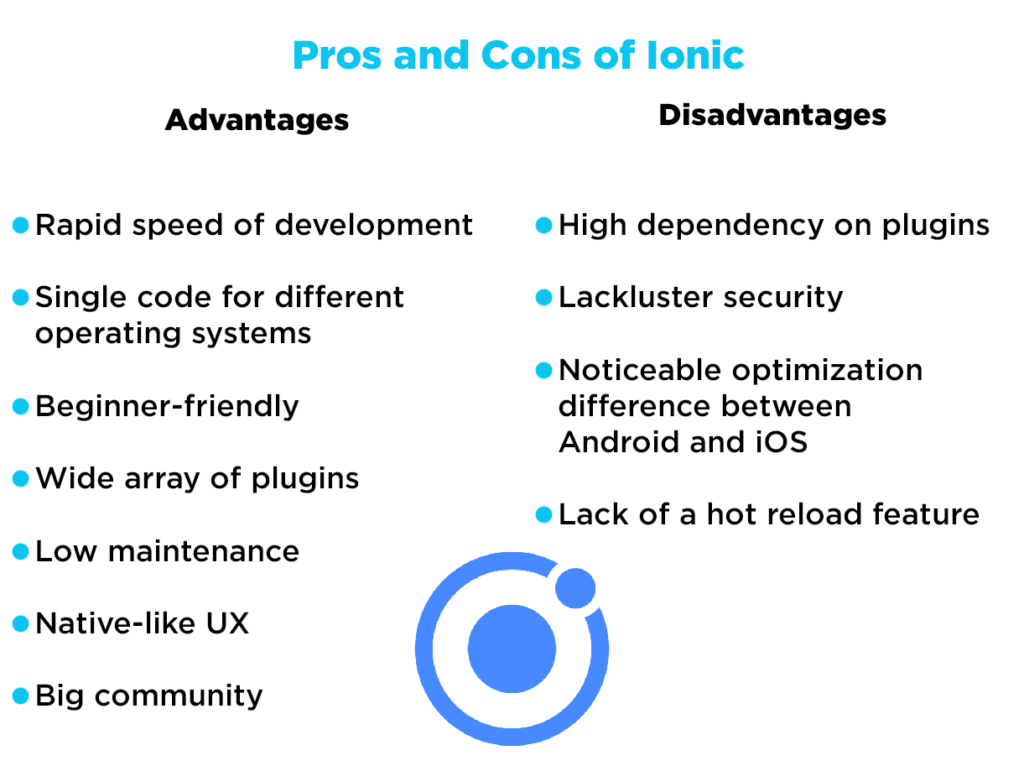

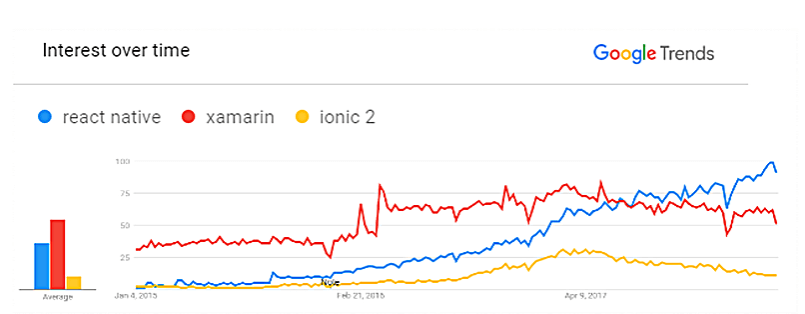
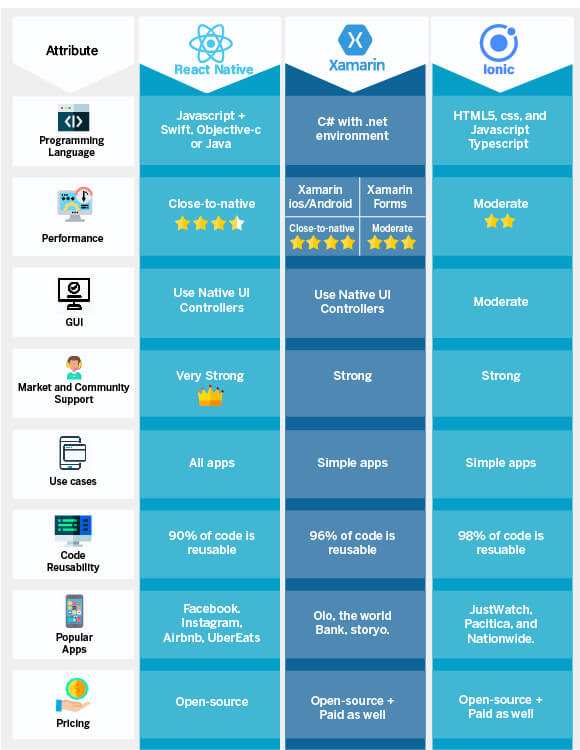
13 Comments
Thanks to my father who shared with me concerning this blog, this blog is genuinely
amazing.
Hey There. I found your blog using msn. This is an extremely well written article.
I will make sure to bookmark it and come back to read more of your useful information. Thanks for the post.
I’ll definitely return.
First of all I would like to say awesome blog! I had a quick question in which I’d like
to ask if you don’t mind. I was interested to know how you
center yourself and clear your thoughts before writing.
I’ve had a difficult time clearing my thoughts in getting
my ideas out there. I truly do take pleasure in writing however it just seems like the first 10 to 15 minutes are usually lost just trying to
figure out how to begin. Any suggestions or hints? Cheers!
Appreciate the recommendation. Will try it out.
Excellent post. I used to be checking continuously this weblog and I am inspired!
Extremely useful info particularly the closing section 🙂 I handle such information a lot.
I used to be looking for this certain info for a long time.
Thanks and good luck.
Howdy very cool blog!! Guy .. Beautiful .. Wonderful .. I’ll bookmark your site and take the feeds also?
I’m glad to seek out so many useful info right here within the put up, we’d like work out more strategies on this regard, thank you for
sharing. . . . . .
It’s in reality a great and useful piece of info. I am happy that you simply
shared this useful information with us. Please stay us up to date like this.
Thank you for sharing.
I do accept as true with all the ideas you have presented for your post.
They’re very convincing and will definitely work.
Still, the posts are too brief for novices. Could you please prolong them a bit from next time?
Thanks for the post.
Hi there! Do you use Twitter? I’d like to follow you if that would be ok.
I’m absolutely enjoying your blog and look forward to
new posts.
Wow, this paragraph is pleasant, my sister is analyzing these things, therefore I am going to tell her.
Hello to all, the contents present at this web page are genuinely awesome for people experience, well,
keep up the nice work fellows.
Superb, what a website it is! This blog presents useful data to
us, keep it up.
Twitter: https://twitter.com/seeromega